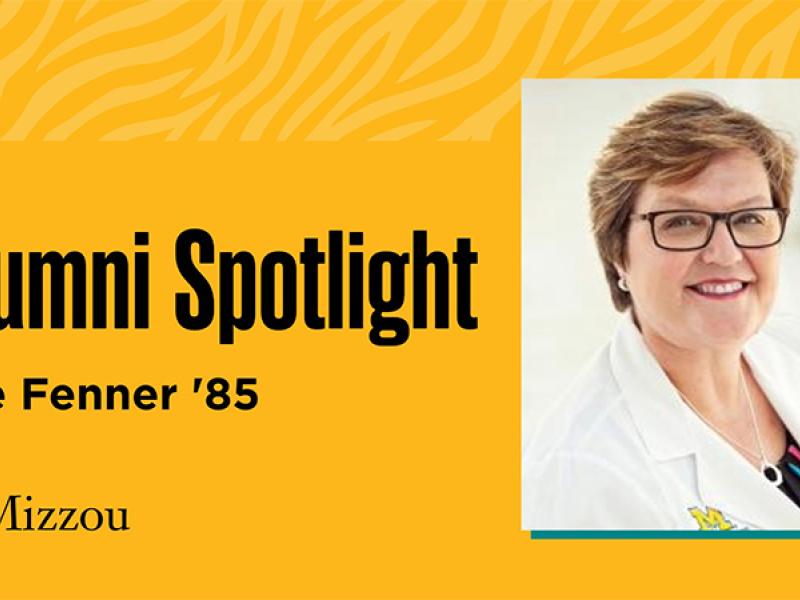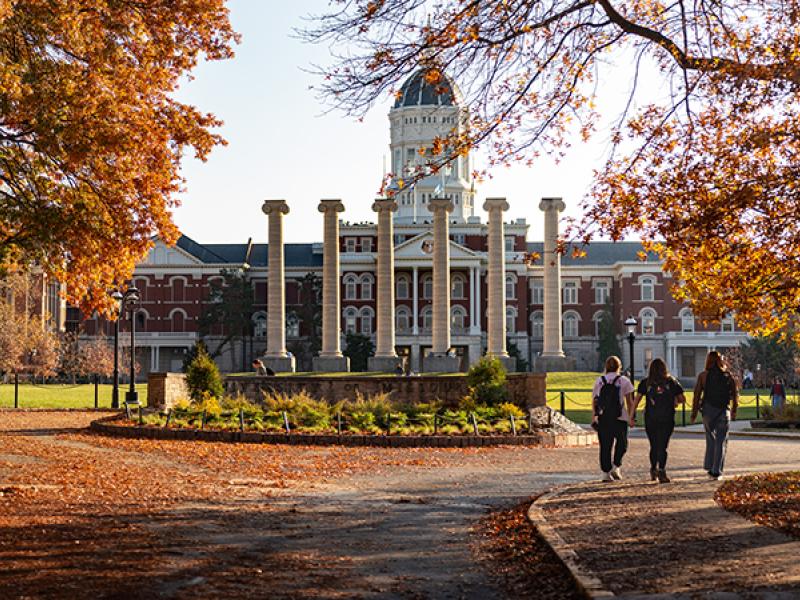Dear Colleagues,
The Molecular Imaging and Theranostics Center (MITC) held its official grand opening and open house on April 27. This was an important event and an indicator of how serious we are at MU about making new discoveries to improve and save the lives of Missourians and beyond.
MITC provides our scientists with the facilities needed to conduct research that will lead to new diagnostic tests and treatments, especially for cancer.
Theranostics are drugs that can simultaneously be diagnostic and therapeutic. A theranostic agent can attach to tumor cells in the body. A radiolabeled drug labeled with a positron emitter can then be seen on machines such as positron emission tomography (PET) so doctors can see where the tumor cells are located. The amazing thing about theranostics is that they not only find the bad tumor cells, but they also attack and destroy them. MITC investigators are developing novel theranostics for imaging and treatment of melanoma, glioma, and prostate cancer, among others.

MITC is led by Dr. Carolyn Anderson, who was recruited to MU three years ago. Her husband, Dr. Barry Edwards, is also a theranostic scientist at MITC. Since arriving, Drs. Anderson and Edwards have assembled a team of amazing scientists and designed space for the research labs in the building, which is directly across from the MU Research Reactor (MURR).
The MURR is an essential partner for MITC as this is where therapeutic radionuclides for the theranostic agents are made. MU is the home to the largest research reactor based at a university in the U.S. and is the primary supplier of lutetium-177, which is the active tumor killing component of two FDA-approved theranostic cancer drugs. MURR also supplies iodine-131 used in the U.S. for treating thyroid cancer and other thyroid diseases. With the recent announcement from President Mun Choi that we will build a new, larger research reactor at MU, our role nationally will become even greater.

The MITC building has its own PET and MRI scanners to image drugs in small animals. But where can we image the drugs when they are used in humans with cancer and other diseases? One place is the Roy Blunt NextGen Precision Health building. Drugs are first developed at MITC, and once they are ready for use in humans — which is an involved process that usually has to be done in partnership with industry — then research tests can be done in actual cancer patients at NextGen.

So, we have it all here at MU and we are uniquely positioned to make major theranostic breakthroughs in cancer and other diseases. Why? Because we have talented scientists and doctors in incredible facilities that are unique in the country.
We have the will to do the hard work it will take, and at MU, we work as a team across all our colleges and institutions. Our scientists and students in engineering, chemistry, physics, biochemistry, medicine, veterinary medicine, and many other departments and schools are all working together as a team. This is team science at its best.
Sincerely,

Richard Barohn, MD
Executive Vice Chancellor for Health Affairs
University of Missouri
rbarohn@health.missouri.edu





